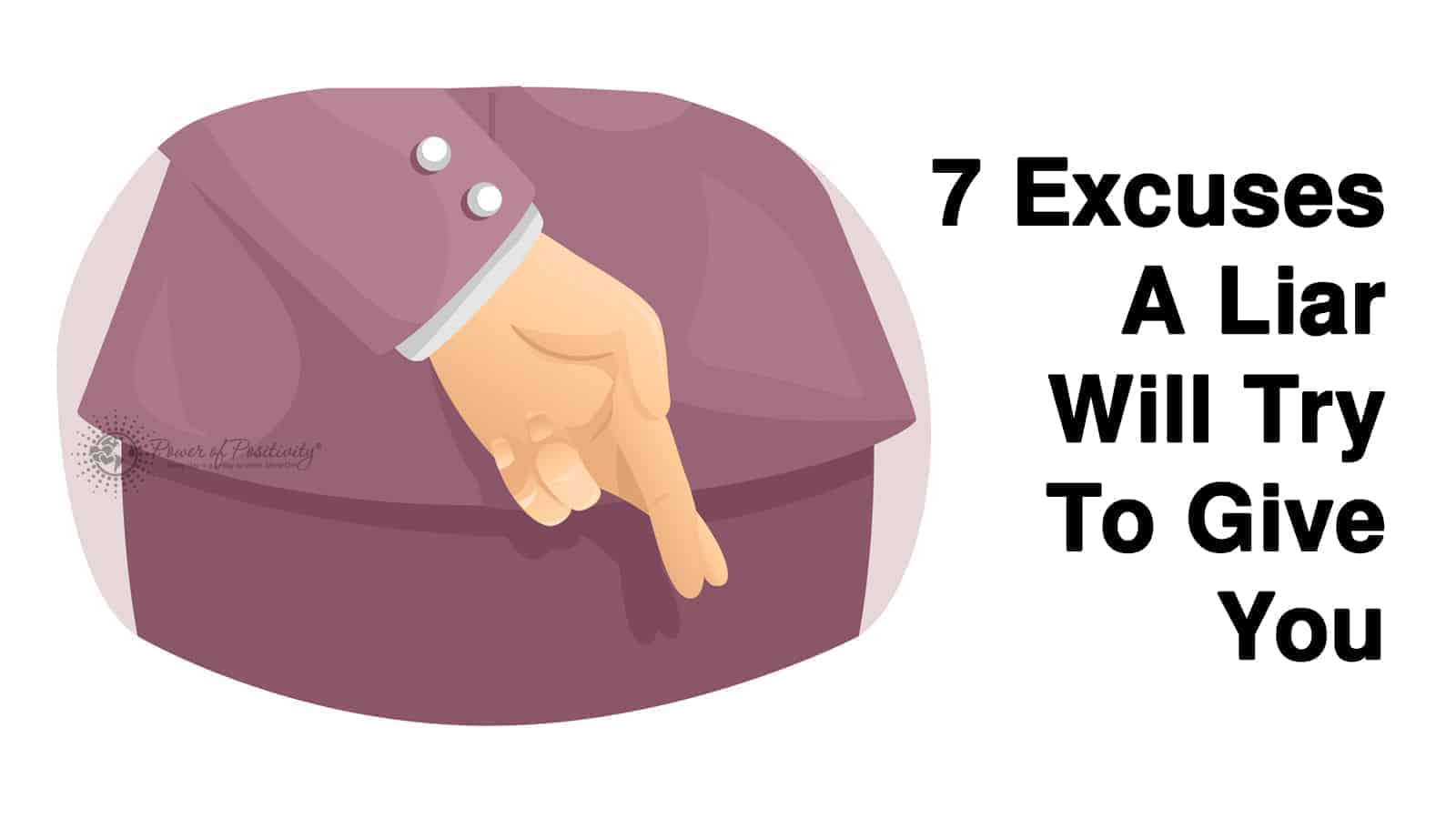Learn more about the 7 top causes of back pain and how to prevent them.
Back pain is one of the most common health issues affecting people worldwide. Millions of individuals experience discomfort or pain in their back at some point. The causes of back pain are varied and can range from poor posture to more serious conditions like herniated discs.
The good news is that many back pain causes are preventable with the right lifestyle choices and habits. Understanding what’s behind your back pain and taking steps to prevent it can help you lead a more active, pain-free life.
In this article, we’ll explore seven of the top causes of back pain and provide practical tips on how to prevent them. Whether you’re dealing with occasional discomfort or chronic pain, these insights can help you take control of your back health.
7 Most Common Causes of Back Pain
1 – Poor Posture
One of the most common causes of back pain is poor posture. Whether you’re sitting at a desk all day or standing for long periods, the way you hold your body can greatly affect the health of your spine. Slouching, leaning forward, or hunching over can put excessive pressure on the muscles and ligaments in your back, leading to discomfort and even long-term pain.
Maintaining proper alignment throughout the day is crucial to preventing back pain due to poor posture. When sitting, make sure your feet are flat on the floor, and your back is supported by a chair that encourages a neutral spine.
When standing, keep your shoulders back and avoid leaning forward for extended periods. Taking regular breaks to stand, stretch, and move around can also help reduce the strain on your back.
2 – Muscle Strain
Another common cause of back pain is muscle strain, which frequently results from abrupt movements or improper lifting techniques. Whether you’re picking up a heavy object or twisting your body unexpectedly, these movements can strain the muscles in your back, leading to inflammation and pain. Muscle strain can range from mild discomfort to more severe pain that limits your mobility.
Preventing muscle strain starts with understanding how to lift properly and avoiding sudden, jerky movements. When lifting, always bend at your knees and lift with your legs rather than your back.
Keep the object close to your body and avoid twisting while lifting. Incorporating regular strength training exercises into your routine can also help build muscle resilience, making it less likely that you’ll experience strain during daily activities.
3 – Lack of Physical Activity
A sedentary lifestyle is one of the hidden causes of back pain. When you don’t move enough, the muscles that support your spine can weaken, leading to stiffness and discomfort. Over time, this lack of physical activity can contribute to poor posture and an increased risk of back pain, particularly in the lower back.
It’s crucial to maintain physical activity to avoid back pain from inactivity. Regular exercise, such as walking, swimming, or yoga, helps to strengthen your core and lower back muscles, which provide support to your spine.
Aim for at least 30 minutes of moderate physical activity most days of the week. Stretching exercises can also improve your flexibility, reducing the risk of injury and keeping your back healthy.
4 – Obesity
Excess body weight, particularly around the abdomen, can place additional strain on the spine, contributing to back pain. When you carry extra weight, your center of gravity shifts forward, which puts more pressure on the lower back. Over time, this added stress can lead to chronic pain and discomfort.
One of the most effective ways to stop obesity-related back pain is to maintain a healthy weight. Adopting a balanced diet rich in whole foods, fruits, vegetables, lean proteins, and healthy fats can help you achieve and maintain a healthy weight.
Regular exercise, including both cardio and strength training, can also support weight loss and improve back health. By managing your weight, you can reduce the pressure on your spine and prevent unnecessary back pain.
5 – Herniated Disc
A herniated disc is a more serious cause of back pain, occurring when one of the spinal discs becomes damaged and pushes out of its normal position. This can irritate nearby nerves and lead to significant discomfort, often in the lower back. In some cases, a herniated disc may also cause numbness or weakness in the legs, as well as pain that radiates down the sciatic nerve.
Preventing a herniated disc starts with maintaining a healthy spine. Regular exercise that focuses on core strength and flexibility can help protect the spine from injury. It’s also important to practice proper lifting techniques and avoid activities that place excessive strain on your back.
If you already have back pain, working with a physical therapist can help you develop a customized exercise program to reduce your risk of further injury.
6 – Stress and Tension
While many people associate back pain with physical causes, emotional factors like stress and tension can also contribute to discomfort. When you’re stressed, your body tends to hold tension in the muscles, particularly in the neck and upper back. Over time, this tension can lead to muscle tightness and pain, which may become chronic if not addressed.
To prevent stress-related back pain, it’s important to incorporate relaxation techniques into your daily routine. Practices like deep breathing, meditation, and progressive muscle relaxation can help release tension and calm your mind.
Regular exercise, adequate sleep, and setting aside time for activities you enjoy can also reduce stress levels and keep your muscles relaxed.
7 – Aging and Degenerative Conditions
As we age, our bodies undergo natural wear and tear, and the spine is no exception. Conditions like osteoarthritis and degenerative disc disease become more common with age, leading to chronic back pain. These degenerative changes can cause the discs in the spine to lose their cushioning ability, resulting in stiffness, pain, and decreased mobility.
While aging is inevitable, there are steps you can take to slow the progression of degenerative conditions and maintain a healthy spine. Staying active with low-impact exercises, such as walking, swimming, or yoga, can help keep your spine flexible and strong.
Maintaining a healthy diet, staying hydrated, and getting regular check-ups can also contribute to long-term spine health. Additionally, practicing good posture and avoiding activities that place excessive strain on your back can help prevent further degeneration.
Final Thoughts: Prioritize Your Back Health
Back pain is a common issue, but understanding the causes of back pain and taking proactive steps to prevent it can make all the difference in your quality of life. From improving your posture to staying active and managing stress, there are many ways to reduce your risk of developing chronic back pain.
By making these simple lifestyle changes, you can protect your spine, reduce discomfort, and enjoy a more active, pain-free life.
Taking care of your back is an investment in your overall well-being. Remember, small adjustments in your daily habits can lead to big improvements in your health. Prioritize your back health today, and take steps to prevent back pain before it starts.

















